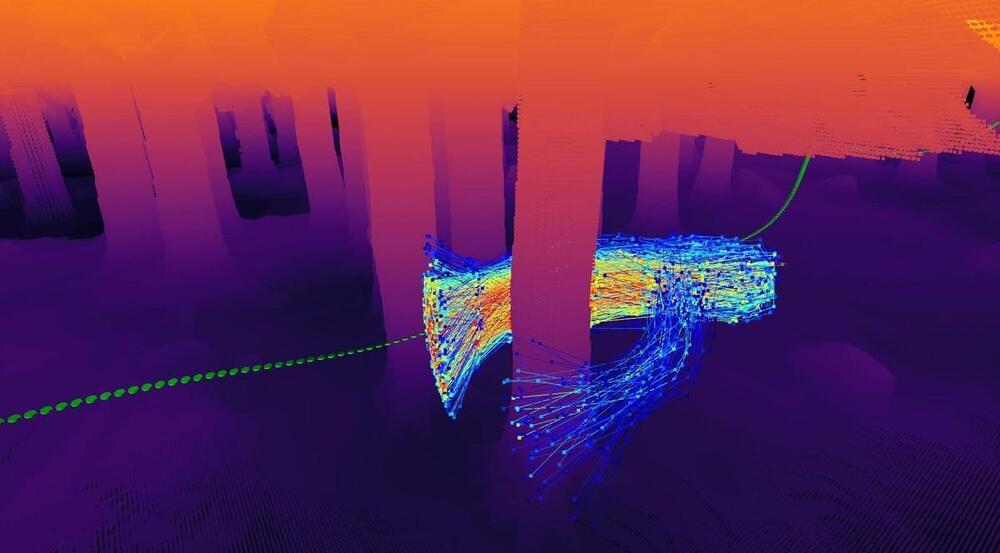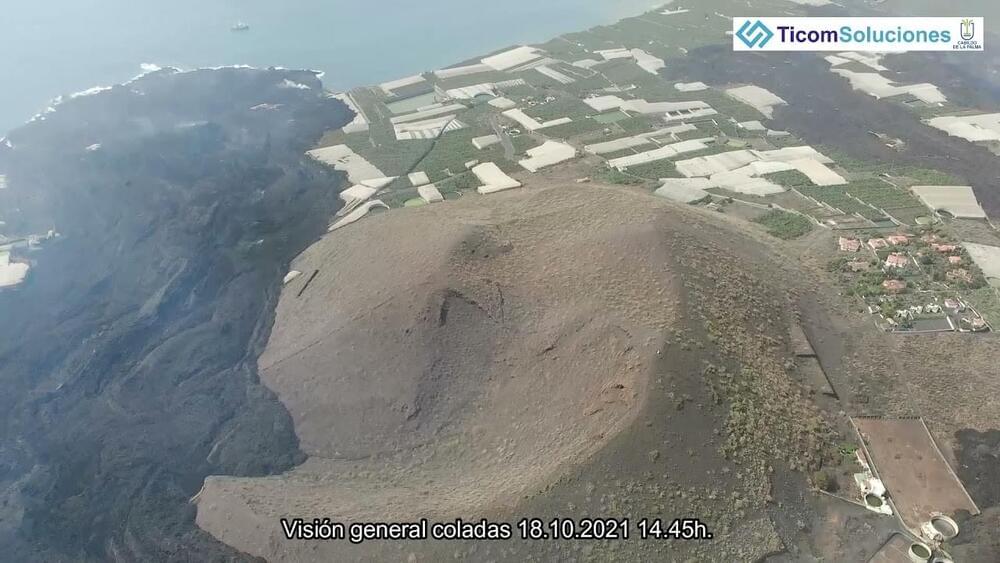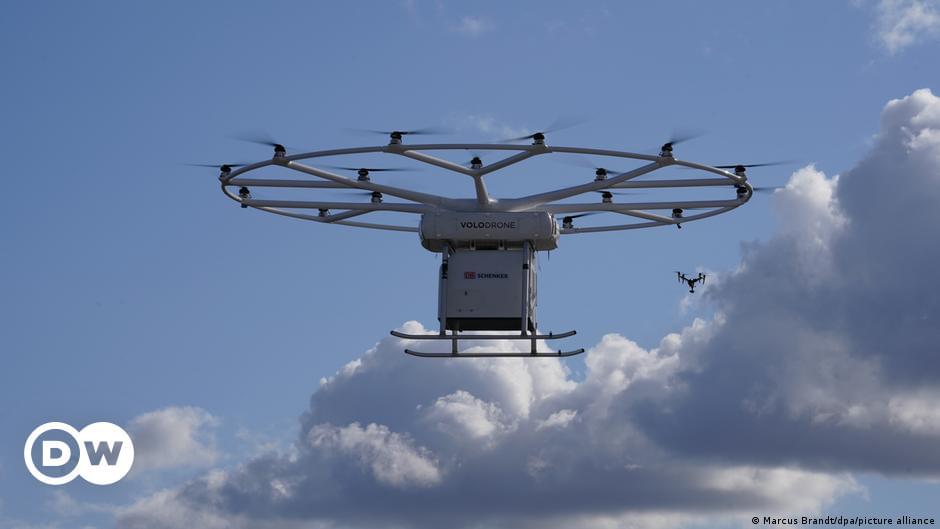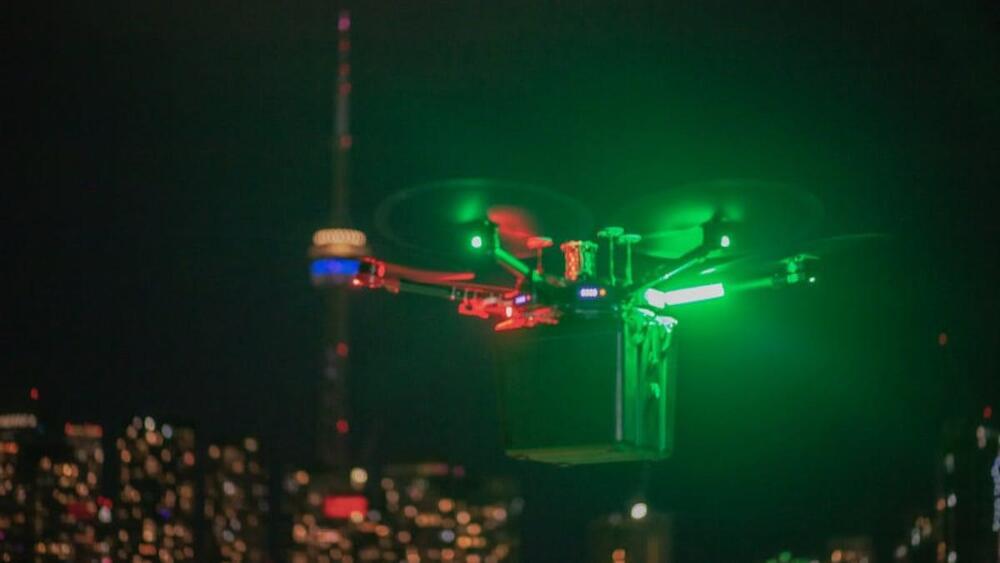Japanese UAV startup A.L.I. Technologies test flies a prototype drone motorcycle capable of top speeds of 100 kmh for up to 40 minutes.
Why does this not sound like a necessarily great idea? A startup in Japan has unveiled a one-person drone intended to be flown like a motorcycle, hurtling through the air and around corners at top speeds of 100 kmh.
The footage of the Xturismo’s test flight, however, captured a far more contained and cautious outing, with the deafening craft remaining aloft for all of 90 seconds as it performed a few basic moves.









